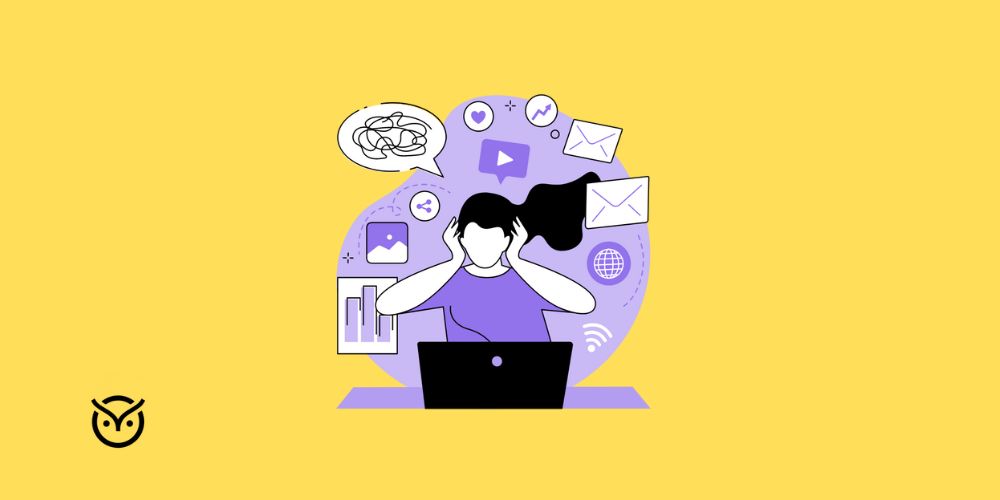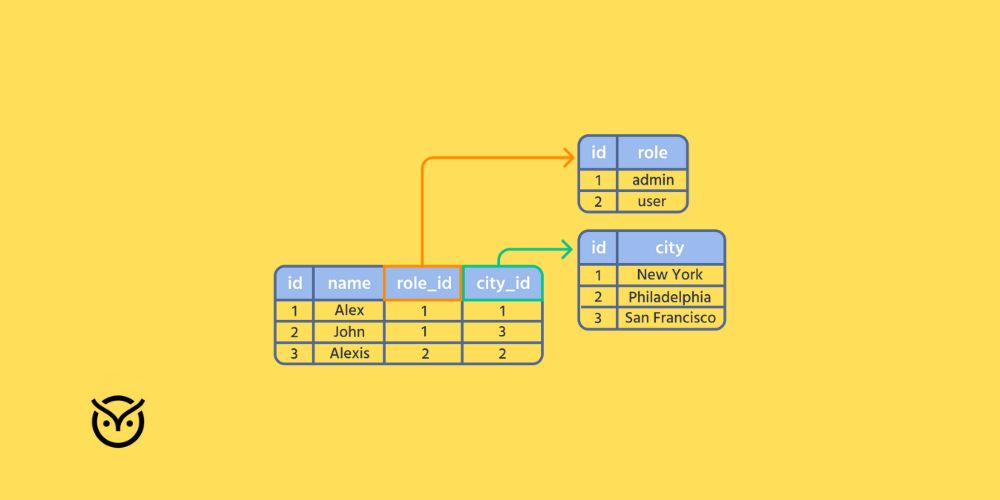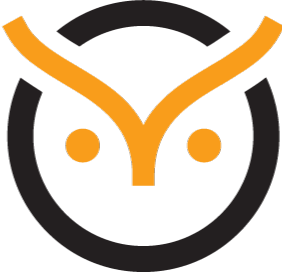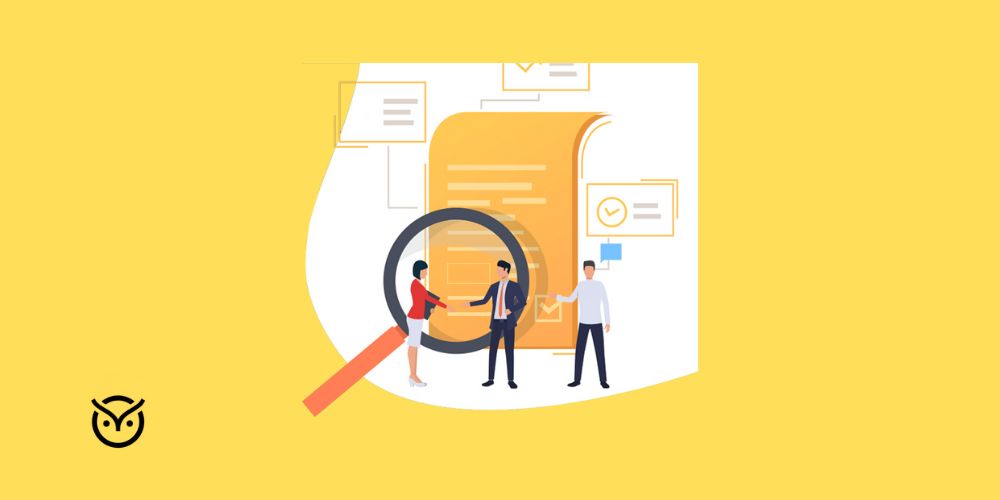
TL;DR
- AI talent assessment tools screen and score candidates with algorithms.
- In 2025, AI in talent assessment speeds hiring and reduces avoiding bad hires.
- Tools measure skills, behavior, cognition, video, and role fit.
- Recruiters gain lower costs, faster hires, and data-driven hiring.
- Candidates get fairness, feedback, and convenience.
- Best practice: audit bias, mix human judgment, and use a recruitment process audit.
Hiring the wrong person can cost a company tens of thousands in lost productivity, replacement, and disruption. Yet recruiters still face overwhelming stacks of resumes, unverified claims, and bias creeping into decisions. In a landscape where speed and quality matter more than ever, it’s a struggle to balance rigor and efficiency.
That’s where AI talent assessment enters. By embedding recruitment assessment tools that analyze candidate abilities, behaviors, and even video interactions, hiring teams can make smarter decisions faster. In this blog, you’ll see why recruiters are investing in AI-powered assessments in 2025, what these tools measure, and how to use them wisely.
What Are AI Talent Assessment Tools?
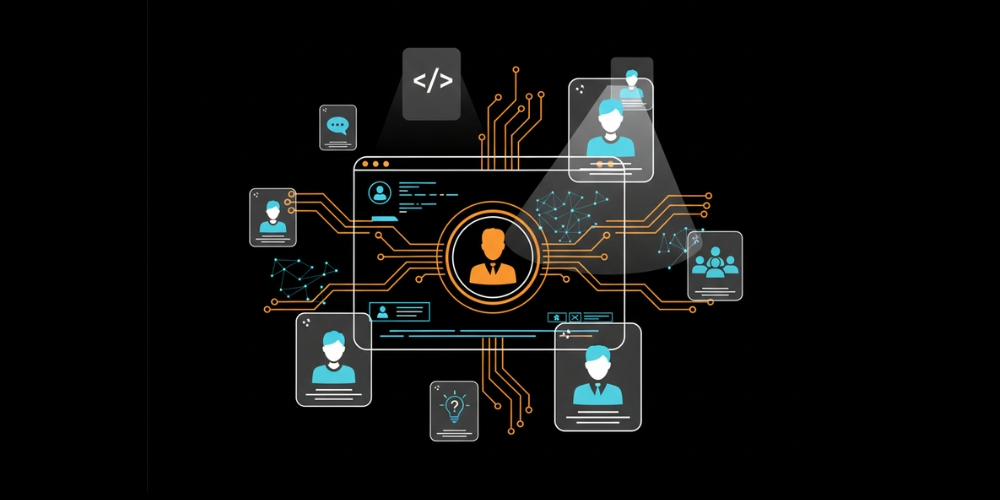
AI talent assessment tools are digital platforms that use machine learning, natural language processing, computer vision, and statistical models to evaluate candidates. Instead of relying purely on resumes or gut feel, these systems process large data inputs (test answers, video interviews, situational judgments) to score or rank candidates.
You will see terms like AI-driven assessment platforms or candidate assessment tools used to describe systems that combine different modules. Some also label themselves assessment tools for recruitment and selection or technical assessment tools when focused on coding, math, or domain skills. Many now support multilingual support, allow customization, and integrate with ATS (applicant tracking systems).
For example, some platforms include video assessment modules: asynchronous video answers from candidates are analyzed for content, tone, and speech patterns. Others offer classic quizzes, coding challenges, psychometric tests, or talent online assessment modules you deploy remotely. The goal is to provide hiring teams with objective, comparable data points across candidates.
Why Recruiters Are Investing in AI Assessments in 2025
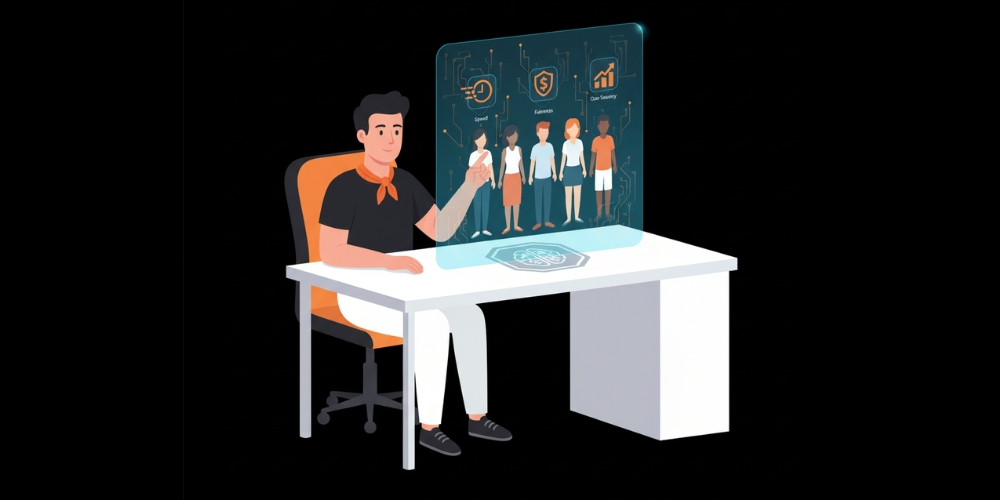
Several forces push organizations to adopt AI talent assessment tools now.
High adoption and expectations
A survey found that 62% of employers expect to use AI for most or all hiring steps by 2026, and many are accelerating that timeline. Also, 92 percent of companies plan to increase their AI investments over the next three years.
Cutting costs and time
Studies show organizations that adopt AI in recruitment reduced hiring time by up to 75% and expenses by nearly 30%. In one case, a retailer cut average hire time from 12 days to 4. That efficiency is hugely compelling when growth is fast and teams are lean.
Pressure to avoid bad hires
Bad hiring decisions rip through teams, affect morale, and cost money. Using talent evaluation tools powered by data offers a way to mitigate the risk of a mismatch. AI tools can surface red flags early, reducing and avoiding bad hires as a priority outcome for recruiters.
Fairness, consistency and scaling
When you use human judgment exclusively, unconscious bias creeps in. Unbiased hiring is a selling point of many AI-powered answer evaluation modules that assess responses based on content and scoring rules, not name or background. Research suggests AI can reduce bias by focusing on skills and objective data.
Integration with recruitment tech stack
Recruiters are not adopting AI in isolation. The rise of recruitment automation software and demand for recruitment process audit tools makes AI assessment a natural part of a more connected workflow. AI modules can feed data into dashboards, ranking systems, or alert human recruiters where attention is needed.
What AI Talent Assessment Tools Measure

AI tools vary, but here are key dimensions many modern systems cover:
Technical and domain skills
These are measured via technical assessment tools such as coding tests, logic puzzles, and domain quizzes. For software, data science, or engineering roles, this is foundational.
Cognitive ability and problem solving
Many platforms include mental agility or reasoning tests, gauging how candidates think, adapt, and solve novel problems.
Behavioral, personality and soft skills
Situational judgment tests and personality questionnaires evaluate traits like teamwork, leadership, resilience, or cultural fit.
Communication & presentation
Via video assessment tool modules, candidates answer questions on camera. AI can assess the clarity, structure, tone, and content of a text. Some tools also assess AI in talent assessment responses to see how candidates interact with generative AI prompts.
Role or tasks simulation
Here, you simulate job tasks. A candidate might do a sales pitch, write a marketing brief, or debug a function. The platform can auto-score or flag submissions.
Consistency, honesty and risk
Some systems include built-in checks: detect inconsistencies, check for plagiarism, monitor test timing, or flag overly polished responses.
Multilingual/cultural adaptability
For global hires, multilingual support ensures assessments are fair across languages. Also, adaptive tests may shuffle or tailor content dynamically.
What AI Talent Assessment Tools Measure — Skill-Matching Puzzle
Benefits for Recruiters and Employers

Recruiters face constant pressure to make faster, smarter, and fairer hiring decisions. AI talent assessment tools offer several benefits for employers trying to scale without sacrificing quality.
- Speed and efficiency: AI shortens screening time drastically. Instead of sifting through hundreds of resumes, recruiters rely on candidate assessment tool scoring dashboards that highlight top matches quickly.
- Consistency and fairness: Unlike humans, AI applies the same scoring logic across all applicants, making unbiased hiring easier to enforce.
- Better hiring quality: By combining talent evaluation tools, behavioral insights, and AI-powered answer evaluation, recruiters cut down on mismatched hires.
- Cost savings: Lower turnover, reduced screening hours, and fewer bad hires translate to real savings.
- Integration: AI platforms slot into recruitment automation software ecosystems, making it easier to run audits, track KPIs, and refine strategies with a recruitment process audit lens.
Benefits for Recruiters & Employers — ROI Calculator
Benefits for Candidates
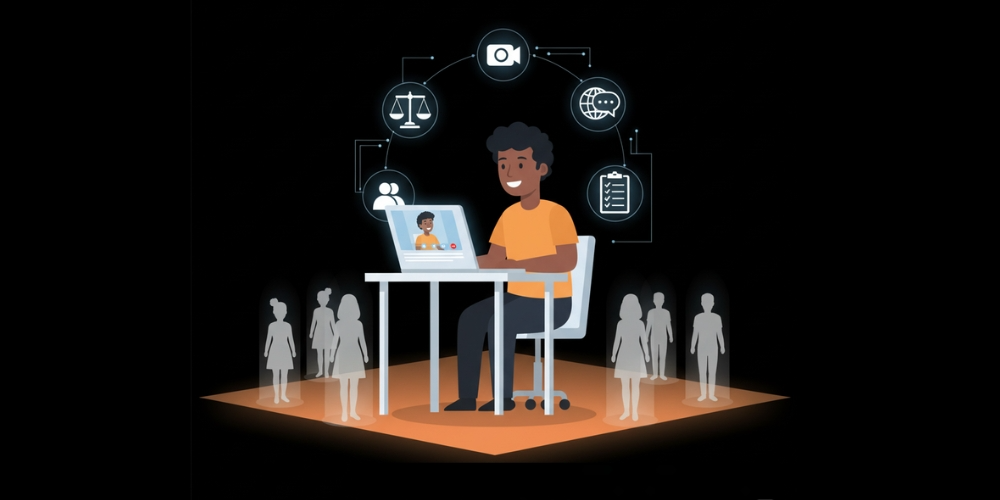
It’s not just recruiters who win. Candidates also see tangible gains when talent assessment tools are AI-powered:
- Accessibility: With talent online assessment modules, candidates apply from anywhere, cutting out travel and scheduling hassles.
- Fair treatment: Properly designed AI-driven assessment platforms score answers based on performance, not personal details, which makes the process more transparent.
- Flexibility: A video assessment tool allows asynchronous responses so candidates don’t have to align schedules with recruiters.
- Clarity: Many tools provide structured feedback. Instead of a black-box rejection, candidates learn where they scored low and how they might improve.
- Language inclusivity: With customizable candidate evaluation software multilingual support, applicants can complete assessments in the language they’re most comfortable with.
Benefits for Candidates — Interactive Journey Map
Apply Online
- Mobile-friendly form with clear role info.
- Upload resume once; profile auto-fills future applications.
- Instant confirmation with timeline of what happens next.
Best Practices for Using AI Talent Assessment Tools
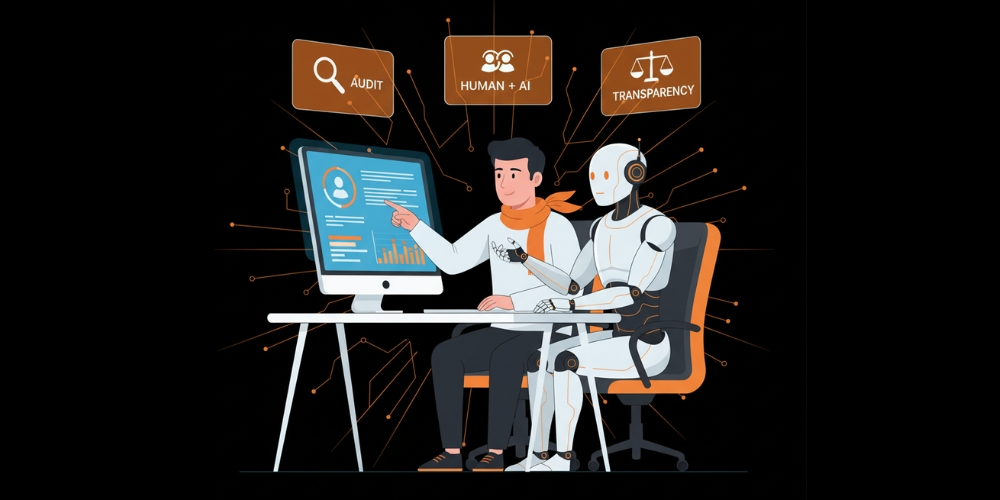
Like any technology, AI works best when used wisely. Here are practices recruiters should adopt in 2025:
Blend AI with human oversight
AI should inform decisions, not make them outright. Use assessment tools for recruitment and selection to shortlist, but let human recruiters evaluate the final cultural and team fit.
Audit regularly
Bias can creep into algorithms. Conduct a recruitment process audit every quarter to ensure tools are scoring fairly across gender, race, age, and geography.
Use the right tool for the role
For coding jobs, lean on technical assessment tools. For sales, communication-heavy roles, emphasize video assessment or simulations. Match the method to the skill set.
Stay transparent
Let candidates know when AI-powered assessments are used. Transparency builds trust and keeps employers aligned with compliance guidelines.
Leverage data smartly
Feed assessment results into dashboards. This helps recruiters compare cohorts, run predictive analytics, and improve data-driven hiring strategies over time.
Combine with training
Don’t just use assessments to filter; use them to guide onboarding. Insights from talent evaluation tools can help tailor development plans for new hires.
Conclusion
The reality of hiring in 2025 is clear: resumes and gut instincts alone don’t cut it anymore. The complexity of roles, the global competition for talent, and the cost of mistakes mean recruiters need sharper tools. AI talent assessment brings speed, accuracy, and fairness to the table while giving candidates a more inclusive experience.
But the best results come when AI is paired with human judgment. Recruiters who treat these platforms as allies, not replacements, build teams that are not only more skilled but also more engaged and aligned. For employers looking to stay competitive, adopting AI-based recruitment assessment tools is less a trend and more a necessity.
FAQs
No. AI helps with screening and scoring but humans remain essential for judging culture fit, creativity and final decision-making. The best results come from blending machine efficiency with human intuition.
They can be, if designed and audited properly. AI reduces unconscious bias by focusing on skills and performance. However, recruiters must ensure ongoing monitoring and recruitment process audit practices to avoid algorithmic bias.
This year’s platforms go beyond tests and coding challenges. They integrate video assessment tools, multilingual support and customizable candidate evaluation software. They also provide deeper analytics and connect directly to recruitment automation software, making them part of a full hiring ecosystem.


